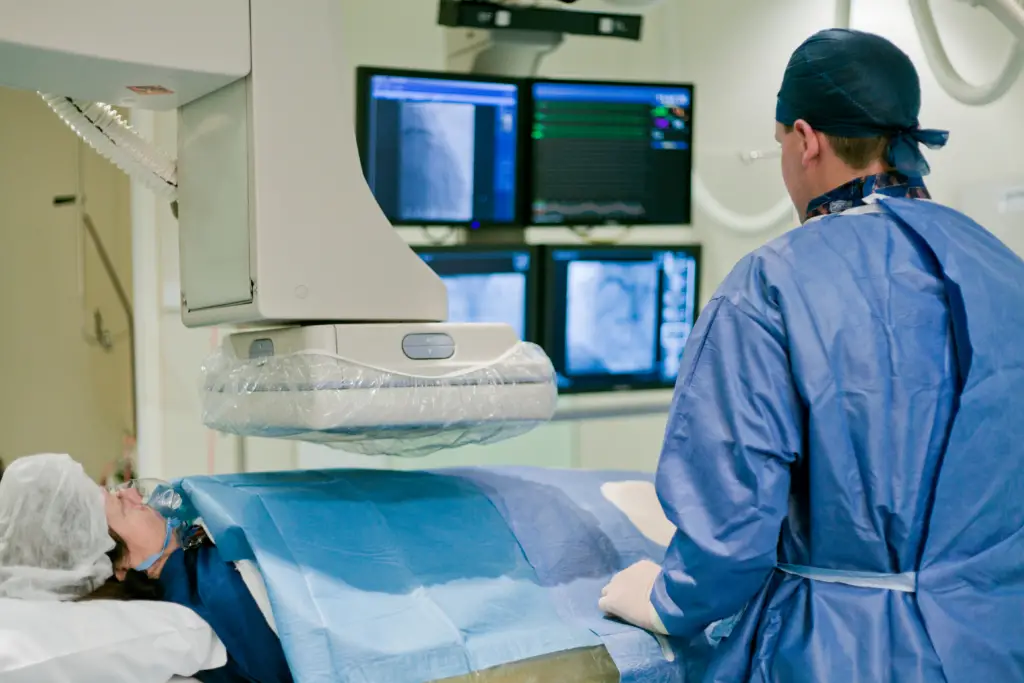Considering a career in a Cardiac Catheterization (Cath) Lab can bring about a variety of questions. From the nature of the work and training required, to how it compares with other healthcare modalities, these are critical factors to weigh before making a career decision.
This blog post, based on a social media conversation, provides an insight into the realities of working in a Cath Lab.
The Challenging Side of Cath Lab Work
Let’s not mince words: working in a Cath Lab can be challenging. A user in our social media discussion even humorously compared the job to an extremely unpleasant daily task.
Some of the key difficulties cited include dealing with intense, sometimes abrasive staff, enduring long hours wearing heavy lead protective gear, and learning under high-stress situations. While this description might sound intimidating, remember that it is subjective and might not reflect every individual’s experience.
The Rewarding Aspects of Cath Lab Work
However, every work environment has its share of pros and cons, and the Cath Lab is no exception. Despite its challenges, the Cath Lab provides unique opportunities for learning and growth.
One user pointed out that while the job can involve long hours and on-call duties, once you’ve grasped the basics, it becomes manageable. It’s also worth noting that you’ll have the chance to learn the intricacies of each doctor’s preferences, which can be an enriching learning experience in itself.
Moreover, working in a Cath Lab involves dealing predominantly with the heart – a fascinating organ central to our existence. The possibility of being part of a team that potentially saves lives can be deeply rewarding.

Considering Other Modalities: Interventional Radiology
For those who might find the cardiac focus of the Cath Lab restrictive, consider exploring a career in Interventional Radiology (IR). Similar to a Cath Lab in that it uses the same style of table and also involves detailed, complex procedures, IR broadens the scope to various body parts, making for a more diverse professional experience.
Conclusion
Working in a Cath Lab isn’t for everyone. It requires mental fortitude, a thick skin, and the willingness to learn under pressure. However, it also provides opportunities for learning, growth, and the chance to be part of a team that can make a significant difference in patients’ lives.
Whether you choose a career in a Cath Lab or opt for another modality like IR, the decision should align with your personal and professional interests, and your tolerance for high-stress environments. Always do your due diligence and research before stepping into a new career path.

